A CARIBBEAN HISTORY OF BED-STUY (2014)
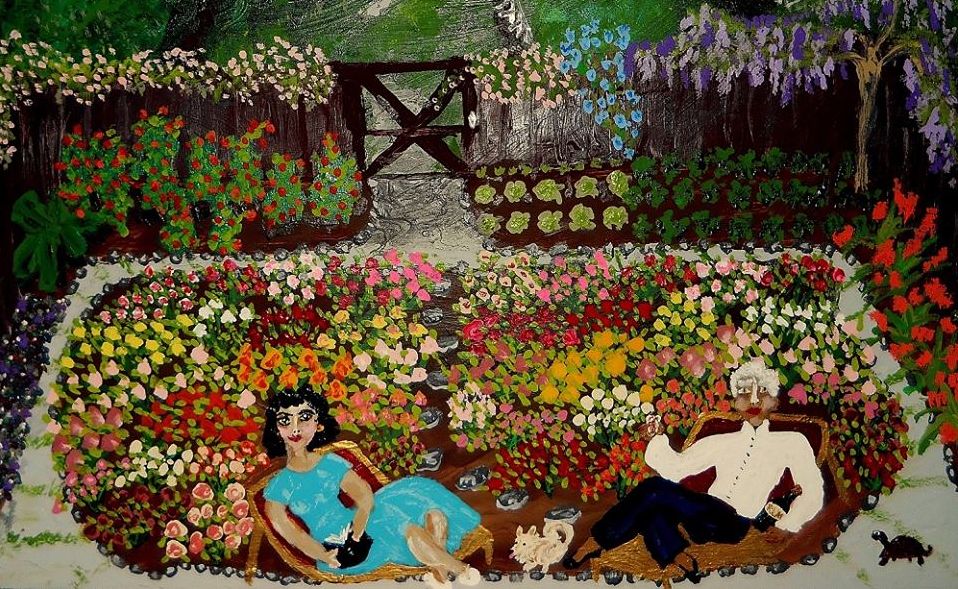
“There is more serendipity in heaven and earth, Horatio, than is dreamt of in your philosophy.”
Although that is not an exact quote from Shakespeare, it is close enough for my purposes. It very adequately lends a certain je-ne-sais-quoi to a chance experience I had a few years ago here in Bedford-Stuyvesant.
FINDING AUNT CAR
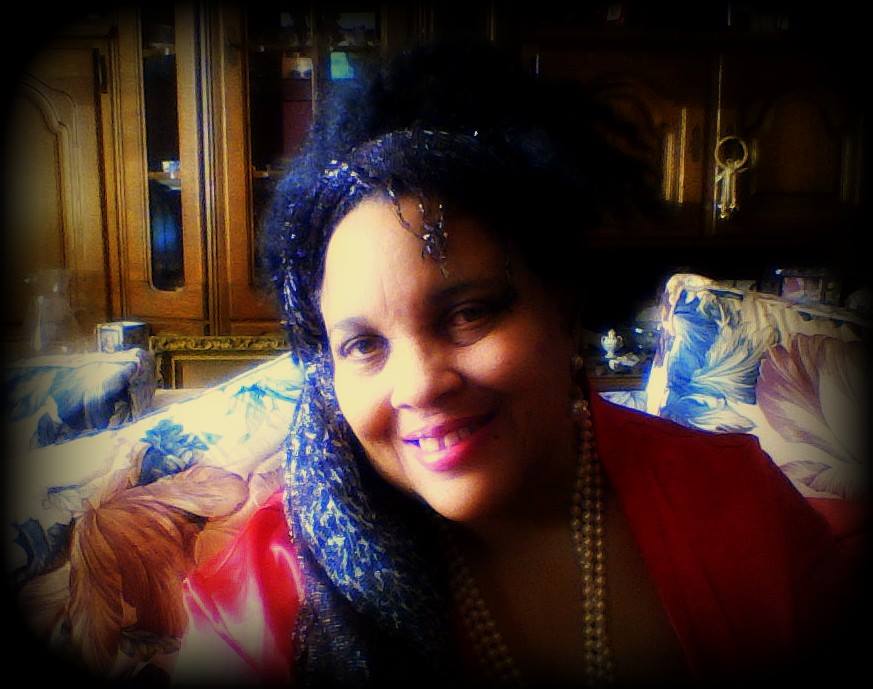
It was 2014 when I found a posting on a genealogical site by a woman searching for information about a relative of hers named Caroline Gill. Since, at that time, I had been researching the lineage of my home – a 120-year-old brownstone in the Bedford-Stuyvesant section of Brooklyn – I knew that one of the previous owners of my house went by that name, so my interest was piqued. I responded to the APB-like message and gave what information I had, hoping for an exchange.
As it turned out, that poster, Stacey Maupin Torres, had more information about Caroline than I had ever found. This she began to share with me in what can only be described as pages of beautifully descriptive prose. I could tell that there was love in her words and I consumed them with an avid interest.
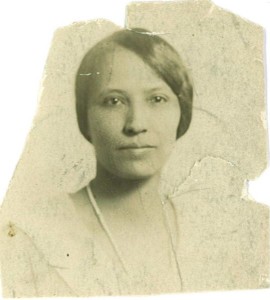
In one of her emails, though, she casually mentioned some information that I was sure that she didn’t know I already possessed. She told me that her “Aunt Car” had lived in a beautiful old brownstone at 738 Macon Street in Brooklyn – the house my husband and I had been living in for some four years.
I immediately re-read her messages to be sure that I had not inadvertently given my address, and after scanning them over several times more, I decided to tell her how I “knew” her Aunt Car.
THE REVELATION
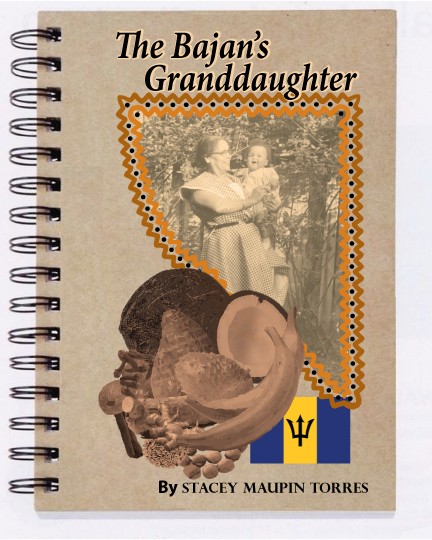
After telling Stacie that we were living in her Aunt’s old home, the floodgates opened. Every message we wrote to one another seemed to be pages in length. Stacey gave me details about her Aunt Car’s and Uncle Henry’s lives (they had had a turtle named Waldo that had lived in their backyard for as long as she remembered, which came to the kitchen window every morning to retrieve the scraps they had left for him), and I told her what information I had learned (Aunt Car had entered the country illegally to be with her future husband, Henry, and, that after they bought this house in 1951, Aunt Car had received her notice of deportation). I further told her what 738 Macon Street was like today, sending her pictures of the house, inside and out, as well as an invitation for Stacey to come and visit.
Stacey told me that, in the 1960s, she had lived in Queens and had spent countless hours at 738 Macon Street with her family. Her Aunt Car, she explained, had had large family gatherings here every year – mostly for Thanksgiving, Christmas, and Easter. These family gatherings were the highlights of the year for her, and so Stacey had nothing but fond memories of the house.
In a book she authored about her family, “The Bajan’s Granddaughter,” she described her memories of Christmas at 738 Macon: “After Christmas supper, we would go upstairs to the large parlor, where Aunt Car had a pink (yes, pink!) Christmas tree that looked like sparkling pink champagne standing next to a Philco record player.”
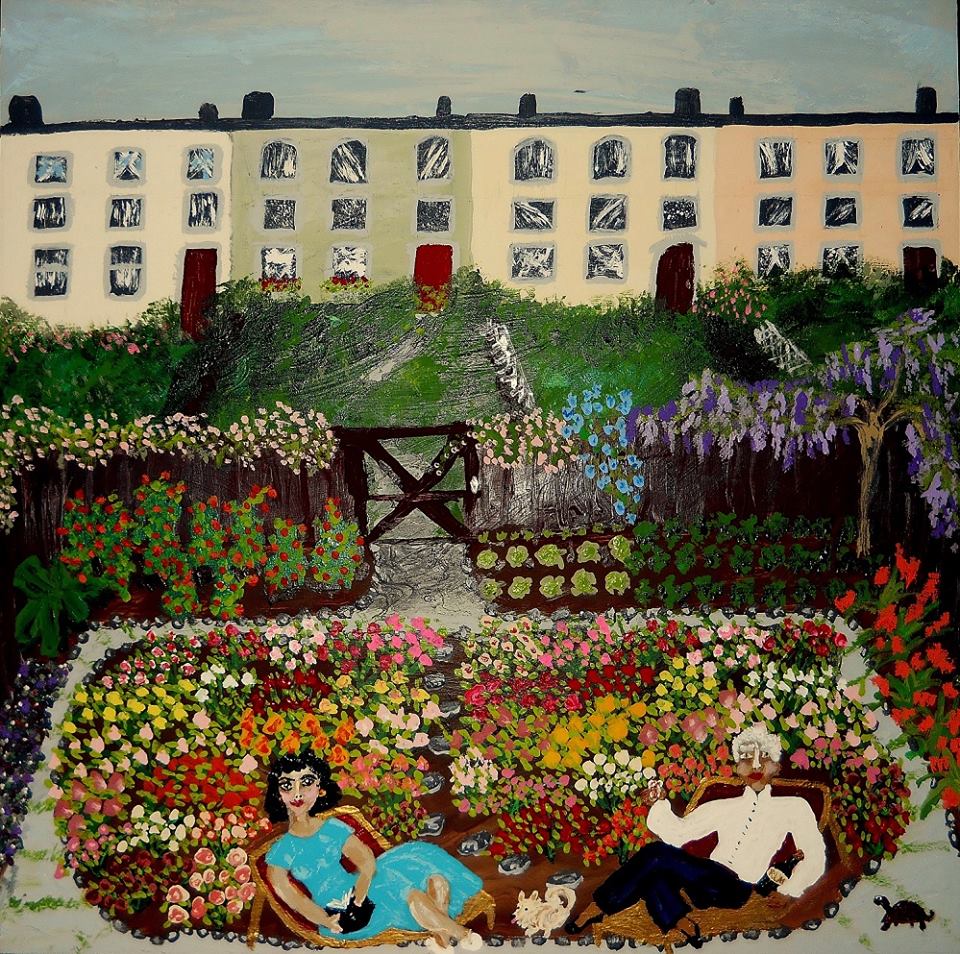
“After watching reel after reel of home movies that Uncle Henry filmed at Carnival down in Trinidad each February,” she continued, “the adults would roll up Aunt Car’s beautiful Oriental rugs, slide open the pocket doors, making the room seem huge, and everyone danced the night away to wildly exhilarating calypso and steel band music.”
THE GIFT: A FINALE
Over the past few years Stacey and I have maintained a communication bordering on the back-and-forth exchange of penpals. We’ve friended each other on Facebook, followed one another on Twitter, and we’ve kept track of each others’ projects and passions. While my inclinations are consumed in researching and writing about the history of peoples’ old houses, Stacey’s appear to be more diverse, running the gamut from belly dancing to folk art painting.
As a matter of fact, when my husband told me over the holidays that he had gotten me a special Christmas gift, but that I would have to wait until we returned to New York to see it (we were visiting our families in New Orleans), I had little inkling as to what it would be.
Soon after our return, though, the gift arrived in the mail.
THE PAINTING
My face must have lit up like Aunt Car’s classic pink Christmas tree when I opened the package and saw a colorful word-picture of Stacey’s descriptions of her Aunt Car and Uncle Henry from over the past two years. I realized at that very moment that I had just begun to understand the sentiment that she had been expressing about the special time she had spent as a girl with her Aunt Car and Uncle Henry.
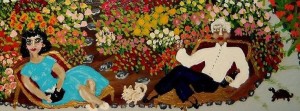
The painting above is Stacey’s artwork depicting her aunt and uncle in the backyard of No. 738 Macon Street (the backyard is so disproportionally large because she remembers it from when she was a little girl when it seemed like a universe to her).
Her painting represents the lives of two people – immigrants from the Caribbean islands – who took separate paths to the United States, who found one another in 1920s Harlem, and who eventually moved to Bedford-Stuyvesant during the Great Migration where they settled down together.
How can anyone describe this lifetime in words? No, for this, a painting is necessary. But for now – for me, at least – after two years, it is as clear as a summer day (in the backyard of 738 Macon Street).
You can contact the artist on Twitter @StaceyTorresART.
———————————————————————————————————————–
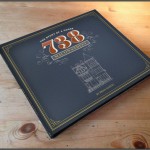 The story you have just read was composed from extensive historical research conducted by The Brownstone Detectives. We perform in-depth investigations on the historic homes of our clients, and produce for them their very own House History Books. Our hardbound books contain an illustrated and colorful narrative timeline that will bring the history of any house to life. Contact us today to begin discovering the history of your home.
The story you have just read was composed from extensive historical research conducted by The Brownstone Detectives. We perform in-depth investigations on the historic homes of our clients, and produce for them their very own House History Books. Our hardbound books contain an illustrated and colorful narrative timeline that will bring the history of any house to life. Contact us today to begin discovering the history of your home.